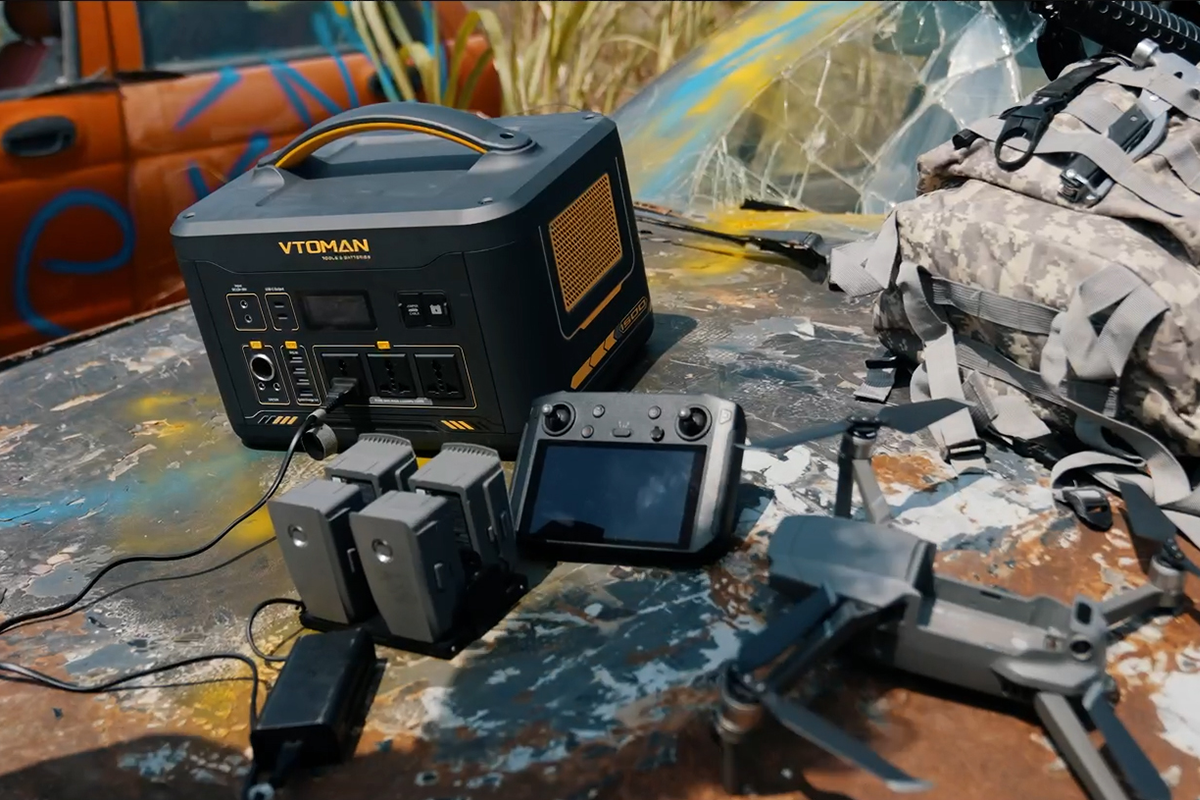When it comes to renewable energy sources, solar power is often hailed as one of the most promising options. Solar generators, in particular, have gained popularity in recent years as a clean and sustainable alternative to traditional generators. However, there are several myths and misconceptions surrounding solar generators that need to be debunked. In this article, we will separate fact from fiction and provide you with an in-depth understanding of solar generators.
The Efficiency Myth
One common myth about solar generators is that they are not efficient enough to power essential appliances and devices. This misconception stems from the belief that solar generators can only generate electricity when the sun is shining brightly. However, modern solar generators are equipped with advanced technology that allows them to store excess energy for later use. This means that even on cloudy days or during the night, solar generators can still provide a reliable source of power.
For example, a solar generator can be used to power a refrigerator overnight, ensuring that your food stays fresh. It can also be used to charge your electronic devices, such as smartphones and laptops, during the day and provide power for lighting in the evening. The efficiency of solar generators has improved significantly over the years, making them a viable option for both residential and commercial use.
The Cost Myth
Another myth surrounding solar generators is that they are prohibitively expensive. While it is true that the initial cost of purchasing and installing a solar generator can be higher compared to traditional generators, it is important to consider the long-term benefits and cost savings. Solar generators do not require fuel to operate, which means you can save a significant amount of money on fuel costs in the long run.
Additionally, many governments and organizations offer incentives and tax credits for installing solar generators, further reducing the overall cost. Furthermore, the maintenance costs of solar generators are relatively low, as they do not have many moving parts that can wear out or break. With proper care and maintenance, a solar generator can last for decades, providing you with a reliable and cost-effective source of power.
The Portability Myth
Some people believe that solar generators are not portable and can only be used in fixed locations. However, this is far from the truth. Many solar generators are designed to be lightweight and compact, making them easy to transport and use in various locations. They are equipped with handles and wheels, allowing you to move them around with ease.
For example, if you are going camping or on a road trip, you can take a portable solar generator with you to power your camping equipment, charge your devices, and provide lighting at night. Portable solar generators are also useful in emergency situations, such as power outages, where you need a reliable source of electricity. They can be easily transported to different areas of your home or even to a neighbor's house in need.
The Environmental Impact Myth
One of the biggest advantages of solar generators is their minimal environmental impact. Unlike traditional generators that rely on fossil fuels, solar generators harness the power of the sun, a renewable and clean energy source. By using solar generators, you can significantly reduce your carbon footprint and contribute to a greener future.
Solar generators produce zero emissions and do not contribute to air pollution or global warming. They also do not require any water for cooling, unlike traditional power plants. Additionally, the production of solar panels and other components of solar generators has become more sustainable over the years, with manufacturers implementing eco-friendly practices.
In conclusion, solar generators are a reliable, cost-effective, and environmentally friendly alternative to traditional generators. By debunking the myths surrounding solar generators, we hope to provide you with a better understanding of their capabilities and encourage you to consider them as a viable option for your power needs.
